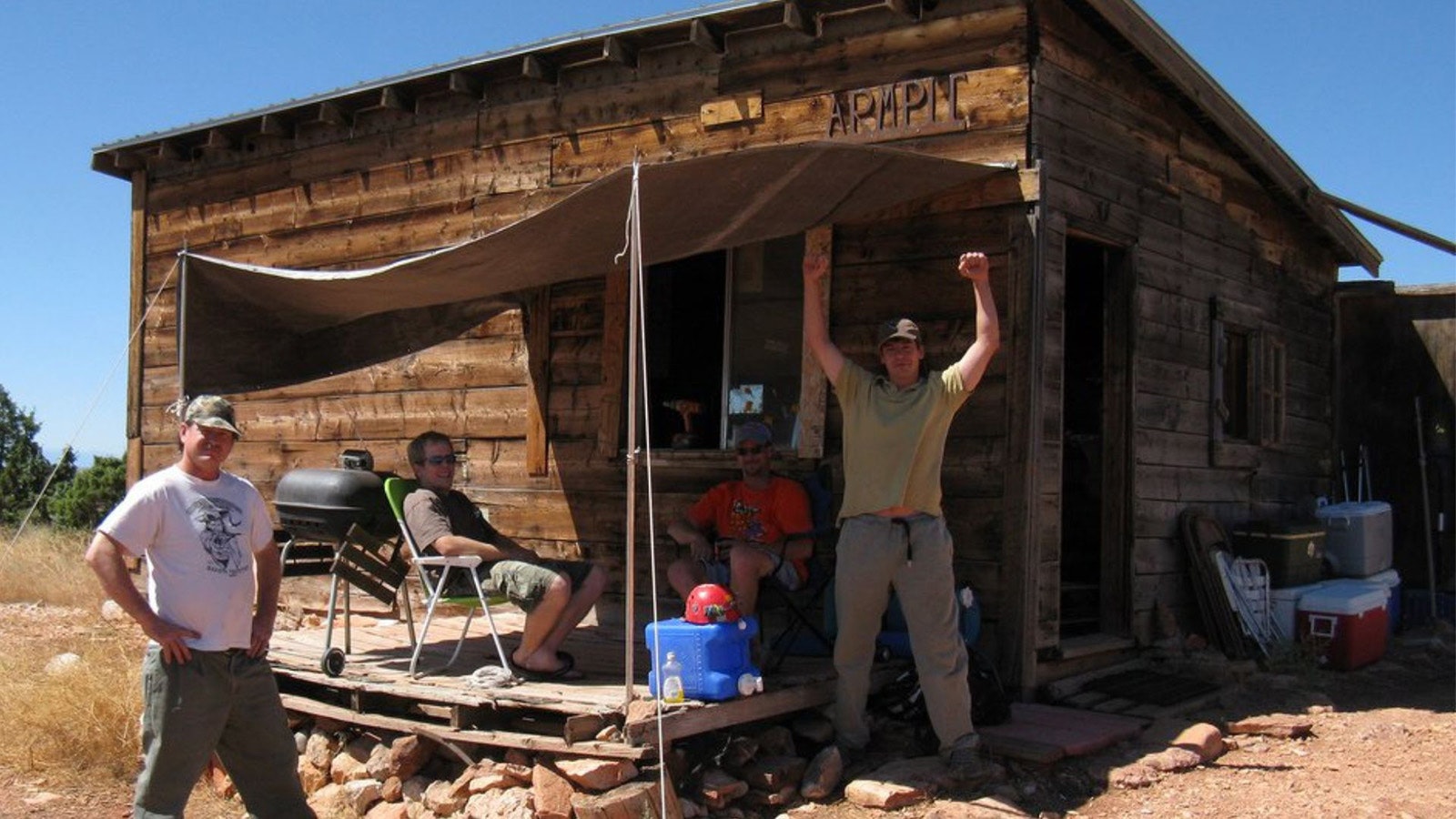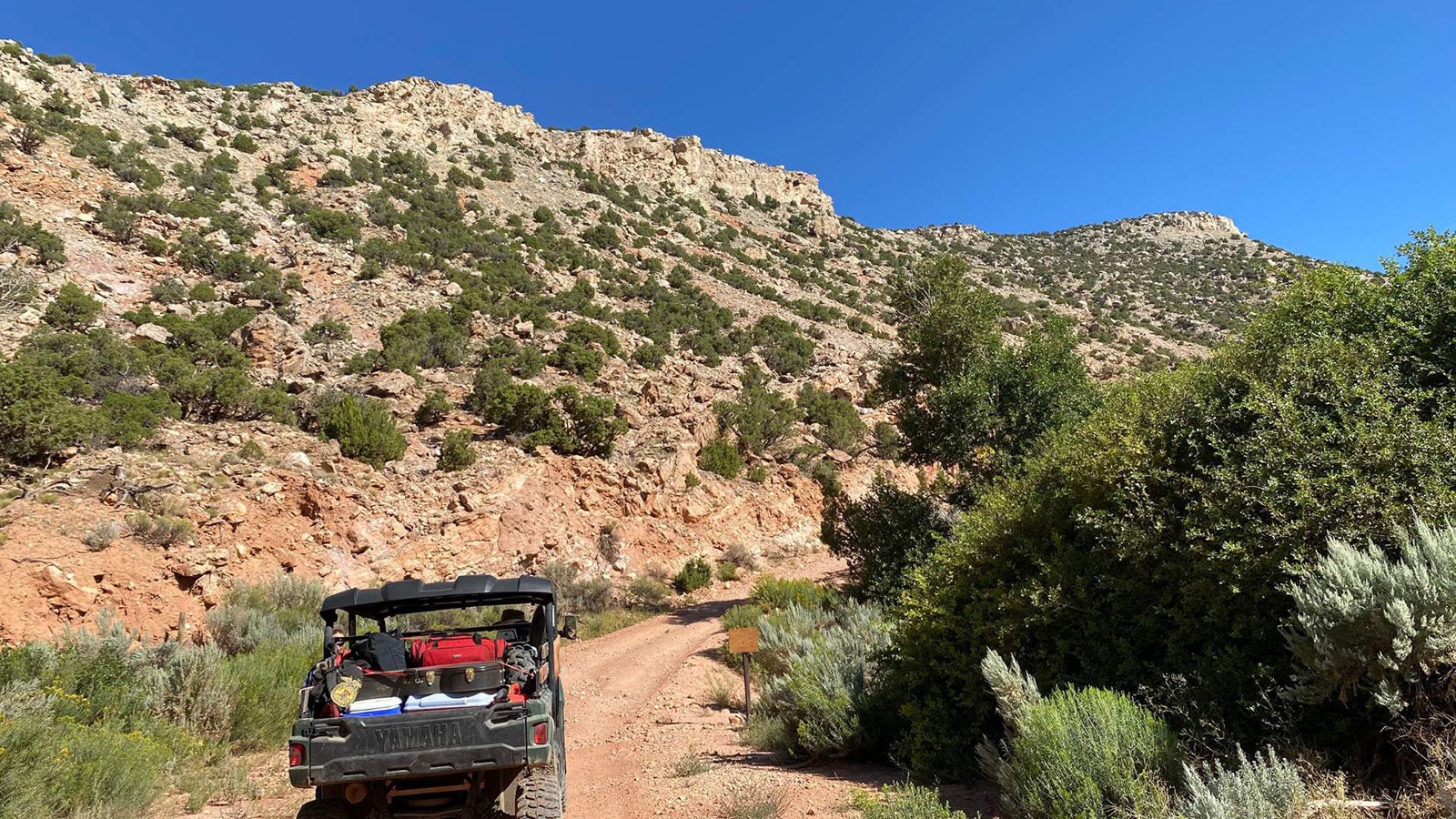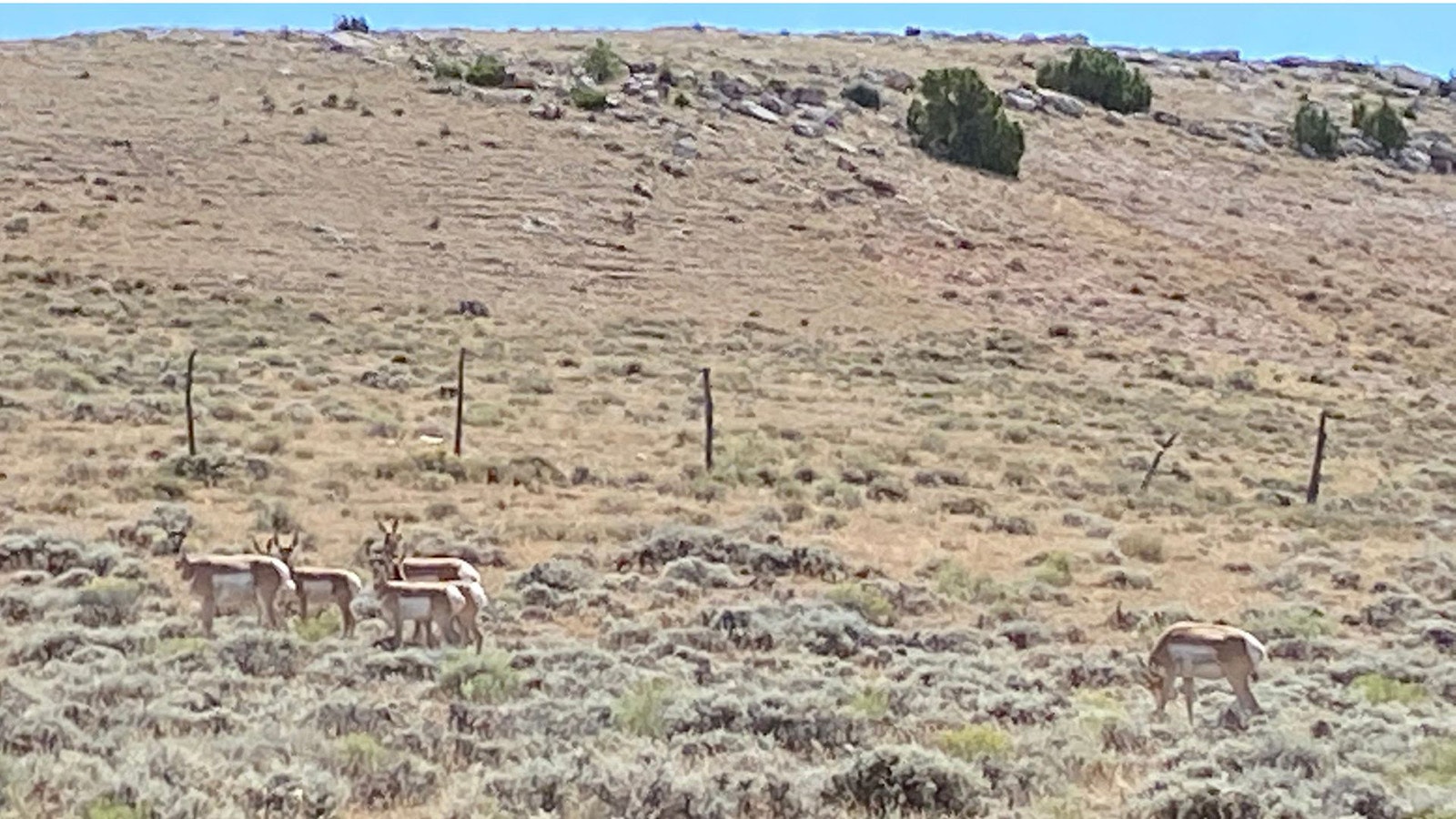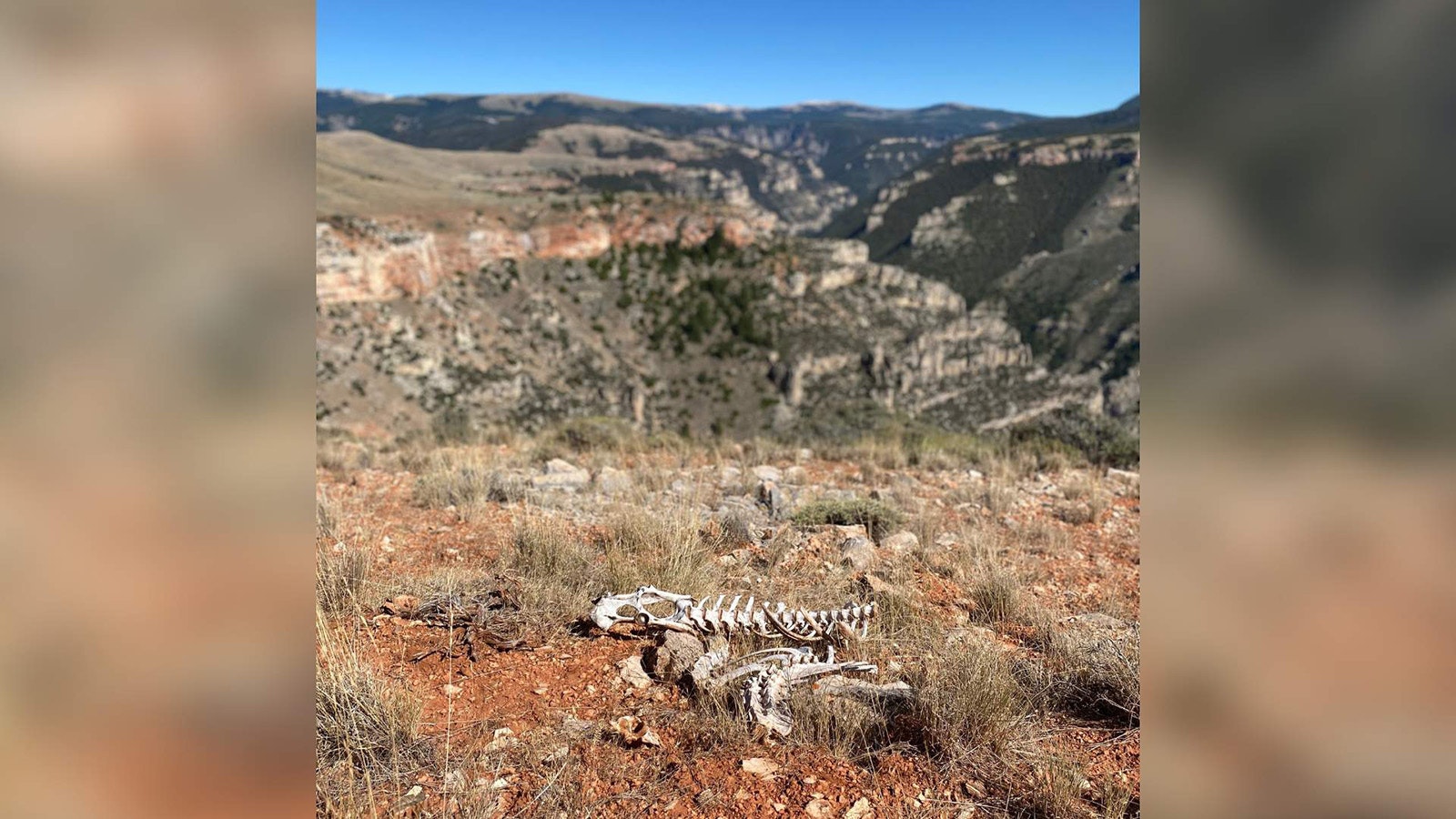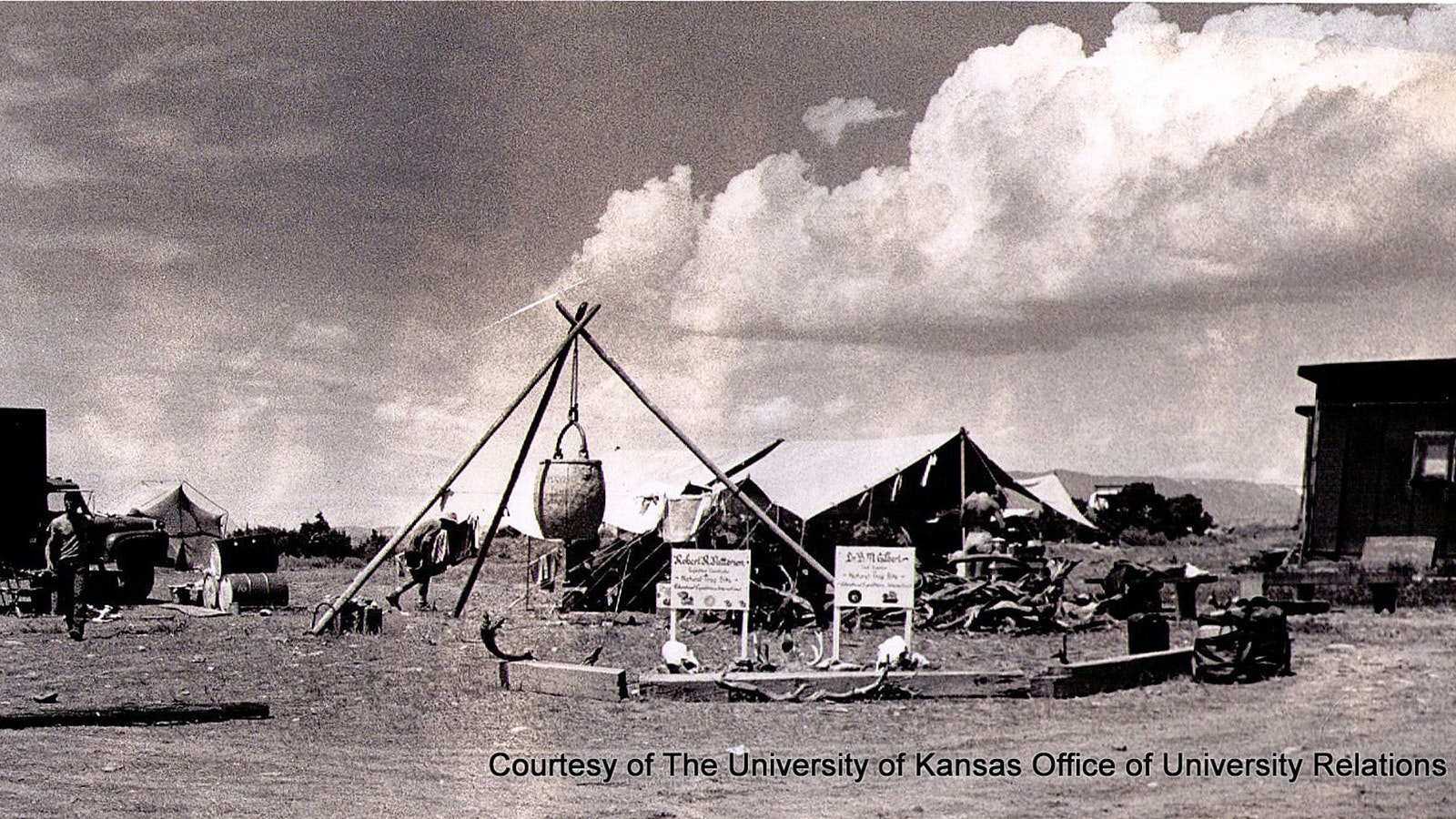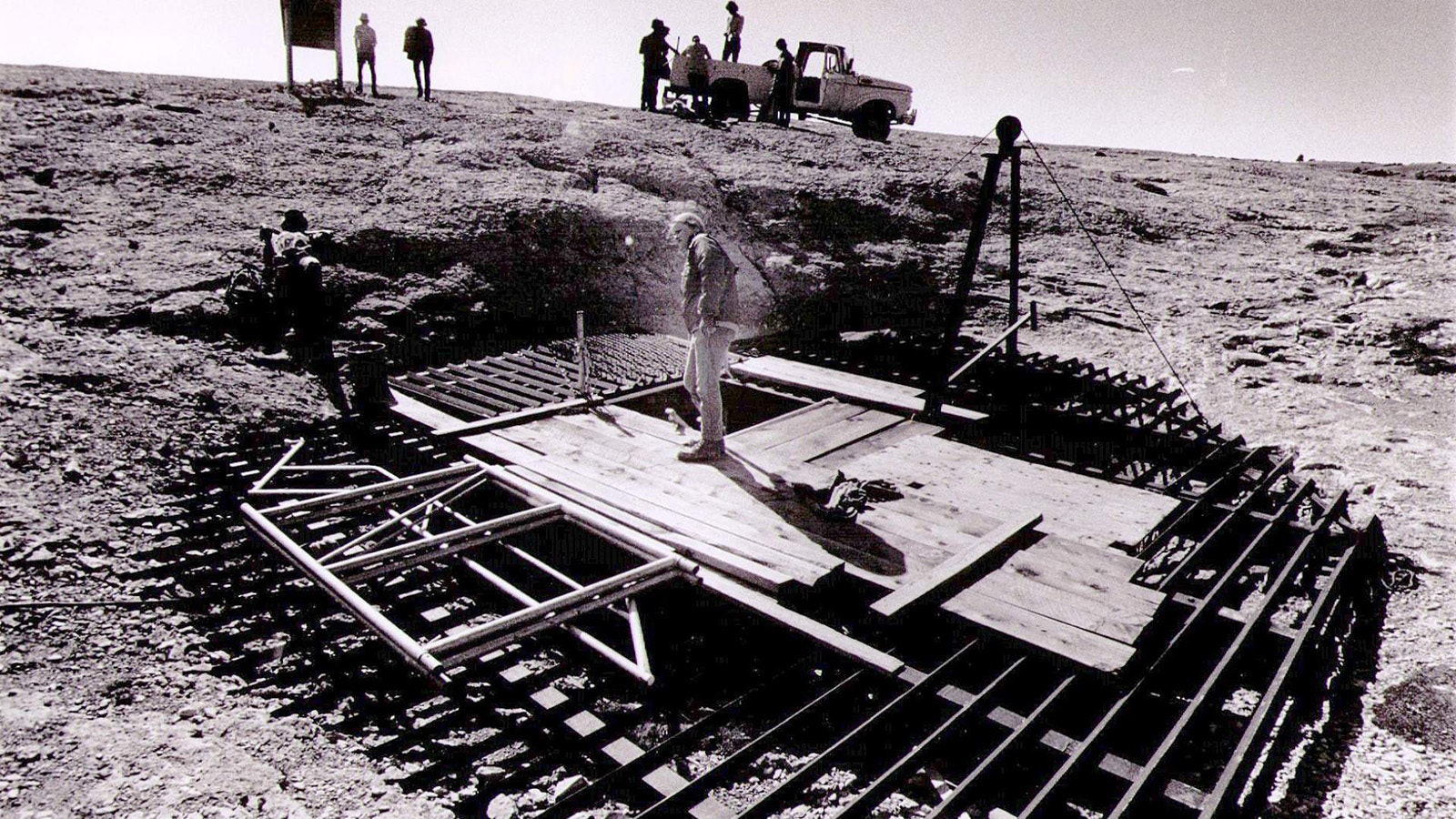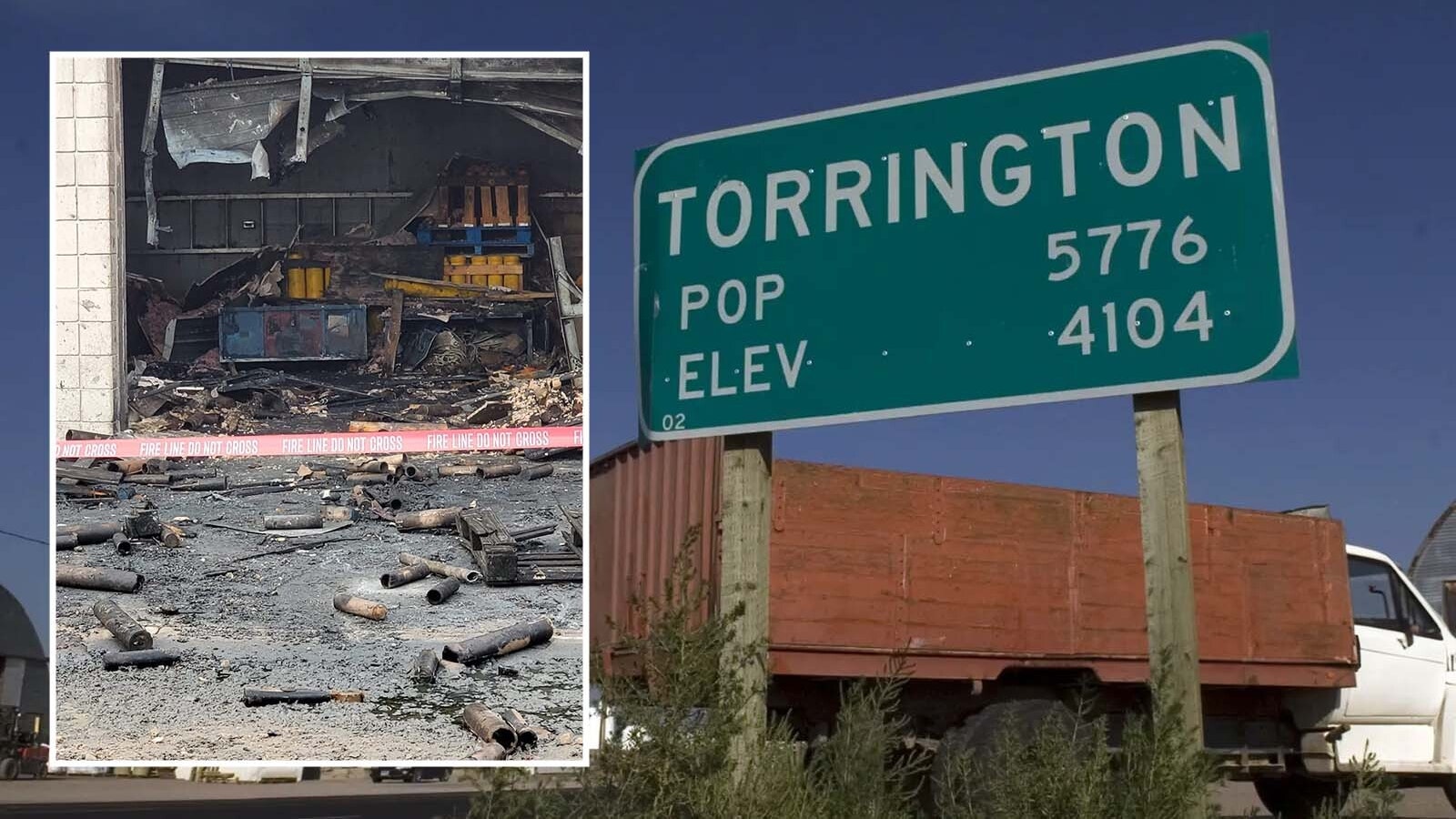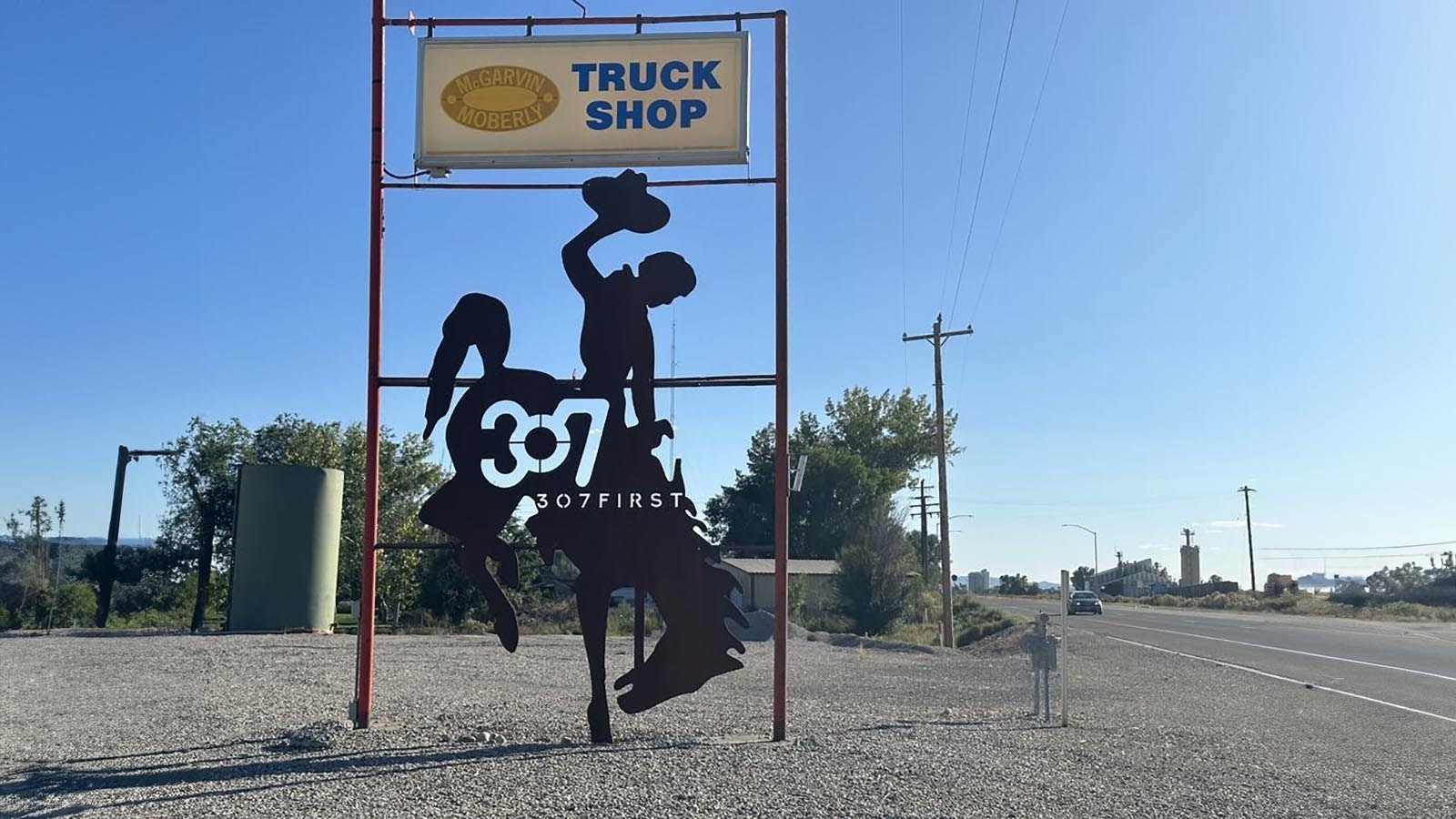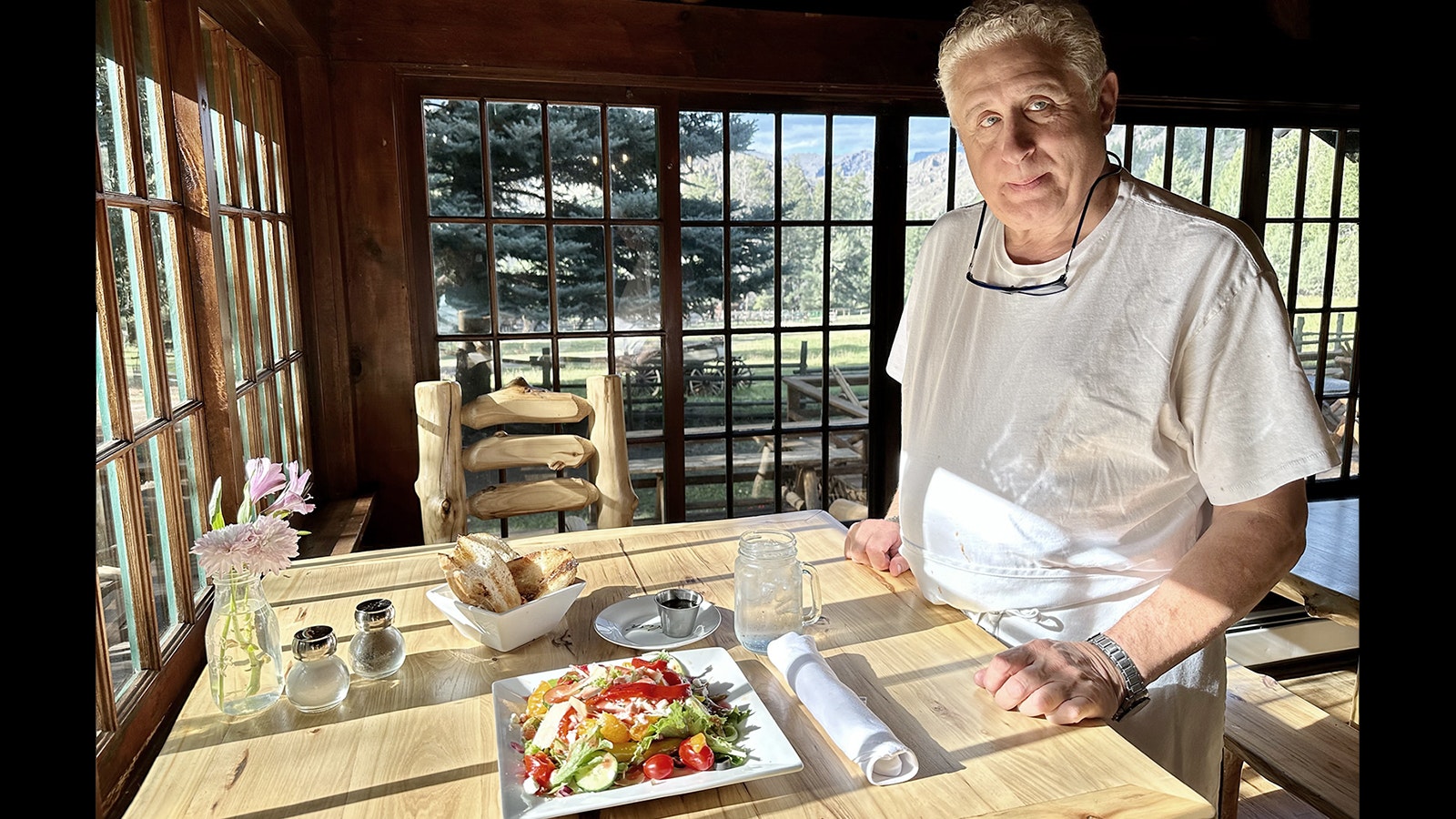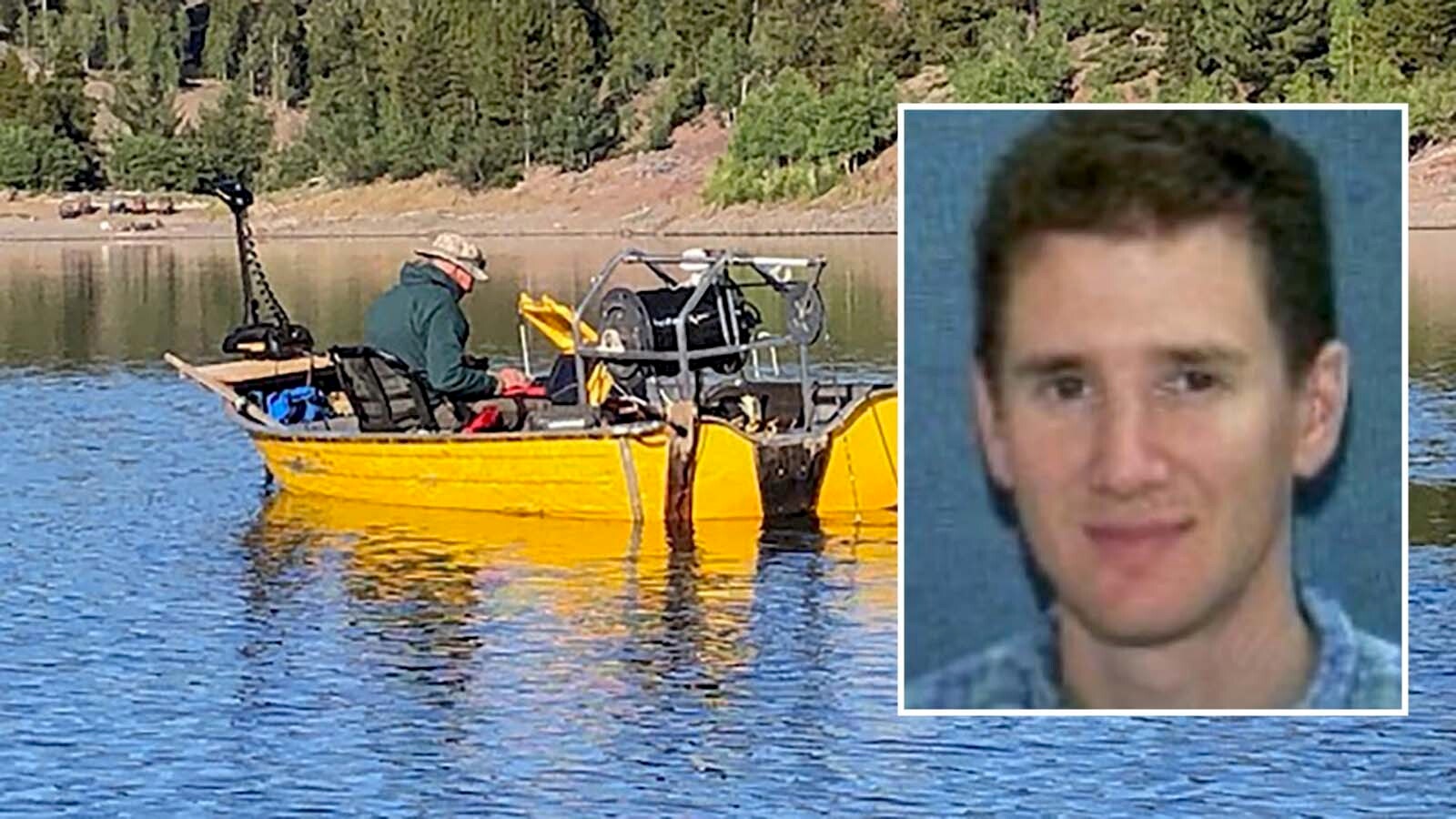ARMPIT — Live in Wyoming long enough and you’ll hear about the towns that are considered the “armpits” of Wyoming. What might be surprising is that there actually is a place in the Cowboy State named Armpit.
A former mining camp, the smattering of buildings is now a jumping-off point for explorers eager to spelunk in the caves of the Bighorn Mountains or the Natural Trap cave just south of the Montana border in north-central Wyoming. The area is a mecca for professional and amateur biologists, geologists and paleontologists.
The Armpit story is, well, storied.
Deb May knows the area well, as her family has held grazing rights on the land for generations. In fact, her family — the Bischoffs — still own a significant amount of land on the west slope of the Bighorns.
“In order to get to Armpit, you go through our private property,” May said, referring to the EO Bischoff Ranch. The family has arranged for an easement to allow public access to Armpit and the caves beyond.
And while you can go to Armpit, Wyoming, it’s hardly the armpit of the Cowboy State.
Caving
For spelunkers, paleontologists and biologists, the caves surrounding Armpit are irresistible. The Natural Trap cave on its own is a treasure trove. The 85-foot-deep limestone cavern was a deathtrap for animals on the plains, which have been falling through the top of the bell-shaped cave for tens of thousands of years. This was long before the Bureau of Land Management placed a large metal grate over the top for safety in the 1970s.
Remains of more than 30,000 animals have been found in the Natural Trap cave, ranging from bighorn sheep, bison and deer — which all have modern-day counterparts in the region — to camels, short-faced bears, lions, mammoth, woodland musk ox and even cheetahs, all which went extinct toward the end of the Pleistocene era nearly 12,000 years ago.
Armpit Camp
Also in the area are old, played-out uranium mines that had not yet been reclaimed when Cindy Allred first encountered Armpit in 1978.
Armpit is a jumping-off point for those adventurous souls exploring the history of the area. Allred described the camp as it was when she first came out west with her father as part of an organization called Earthwatch, an international nonprofit that connects people with scientists for projects around the world.
“They are based out of Belmont, Massachusetts, and they provided field workers for expeditions all over the world,” Allred told Cowboy State Daily. “So, my dad and I came out as a field worker, and our camp was Armpit, Wyoming.”
Allred said when they first arrived, there were just three mining cabins left, although at one time the location was a hub of activity for uranium miners.
“There was a big cook shack that had a nice porch and a roof,” she said. “And then there were two bunk house type buildings, and a couple outhouses, and then there were tents everywhere, because they dug all summer long in the trap. And every three weeks they’d get a new crew in.”
Allred said when she first started coming to Armpit, Dr. Miles Gilbert of the University of Kansas was heading up the work at Natural Trap Cave.
“Right on around the horn from Armpit was a big bunker built into the hills, and in it was kept all the explosives for the mines,” said Allred, referring to the uranium mines in the area. “And when we were there digging, the archaeologist, Dr. Miles Gilbert, turned it into this little bunkhouse where he slept when he wanted to get away from everything.”
Although the mines have since been reclaimed, May said the Lisbon Mine is still accessible.
“It is really cool to go see all these huge beams,” she said.
The Armpit Experience
But Armpit not easy to get to. Those in search of the real Armpit, Wyoming, experience need to four-wheel up the John Blue Canyon (sometimes called Blue John) near the Bighorn Canyon National Recreation Area just outside Lovell.
The John Blue road “was built specifically to get to the uranium mines,” said May.
Named for the German immigrant who made his way to Bighorn County following World War I, Blue’s rock cabin is still visible off to the side of the road, on the other side of a small canyon that is prone to flash flooding in the spring.
But once one makes the challenging journey to Armpit camp, the views are anything but smelly. Devil’s Canyon is a deep red gash in the landscape to the east of Armpit, and the Bighorns rise out of the earth just beyond. Antelope, deer and other ungulates roam the prairie, and birds of prey soar high above, keeping a watchful eye for rabbits and mice.
But for those who are looking to get away from the world, the Armpit of Wyoming might be just what you’re looking for.
Wendy Corr can be reached at wendy@cowboystatedaily.com.

